Wild Dolphin Updates
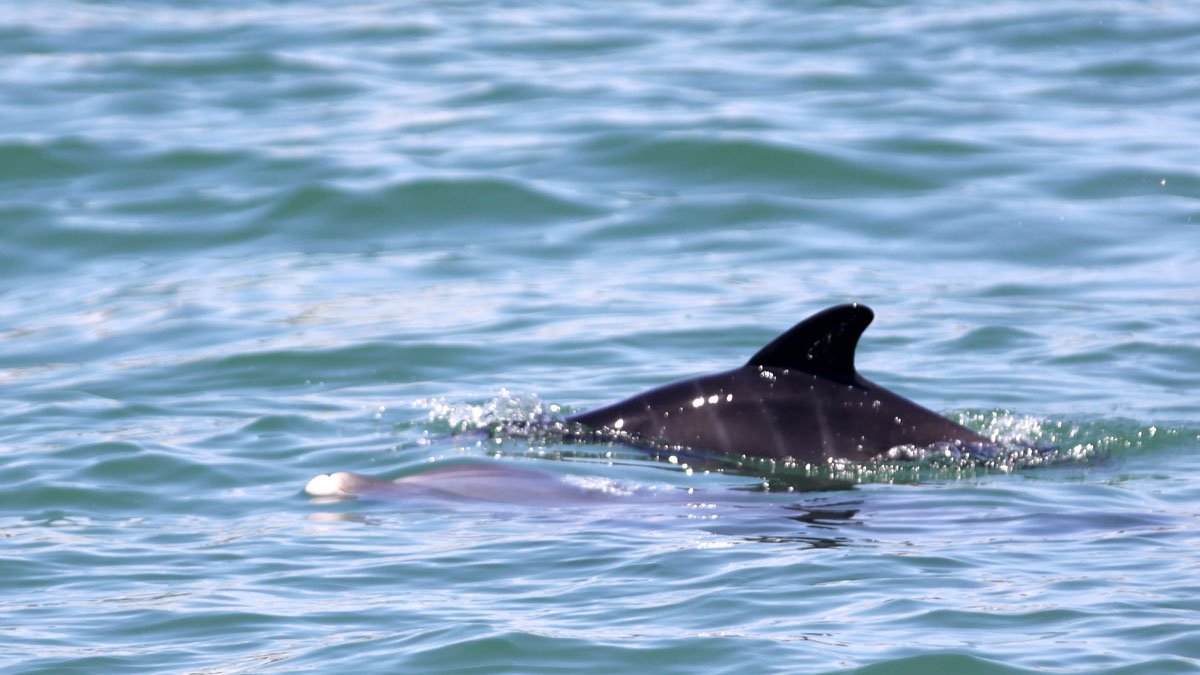
More Than Half of Newborn Calves Are Observed During Spring
Throughout nature, spring marks a period of renewal and growth for many animals. This includes the dolphins that call Clearwater Bay home. March and April show the highest birthing months throughout the year. For example, last year our team reported seeing seven new calves during these two months while another six calves were born periodically through the remainder of the year.
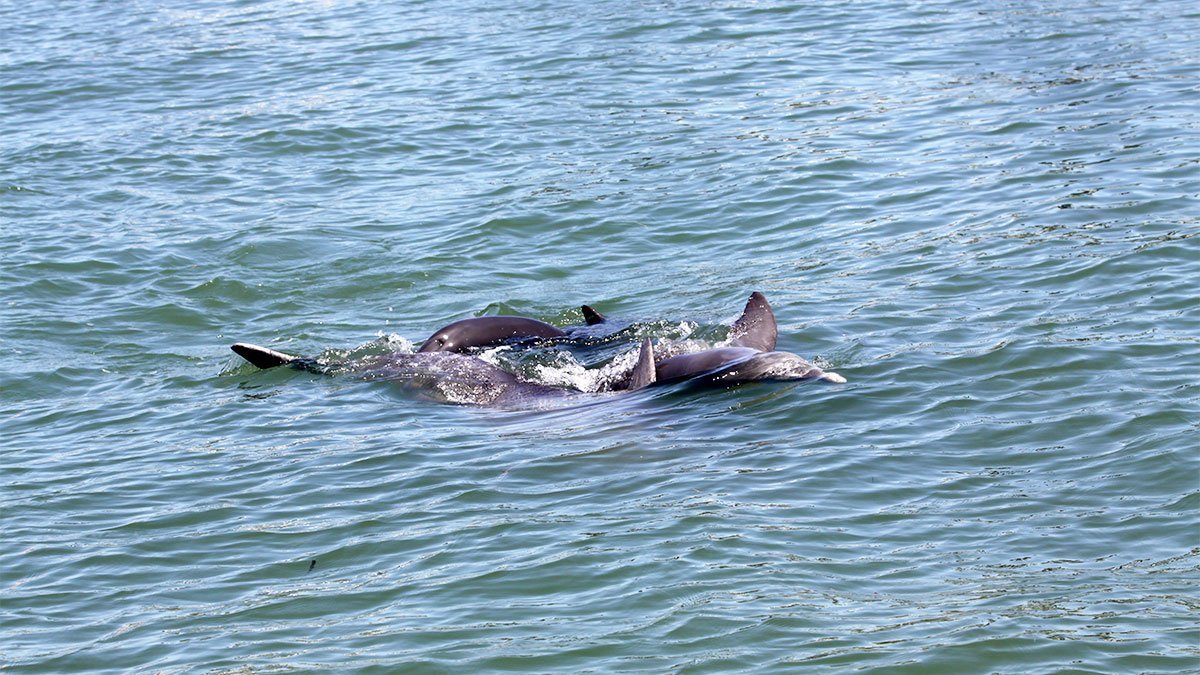
Bottlenose dolphins have an average gestation (pregnancy period) of 12 months. This also means that the spring is a common mating season for our wild dolphin community. When a bottlenose dolphin is born, it can be between three to four feet in length. Like all mammals, dolphins possess hair in the form of “whiskers” on the rostrum. These only remain on the animal for a few days and is thought to aid the calf in locating the appropriate nursing location on its mother. Newborn calves also have evident fetal fold markings on their body; a feature our team uses to confirm a newborn.
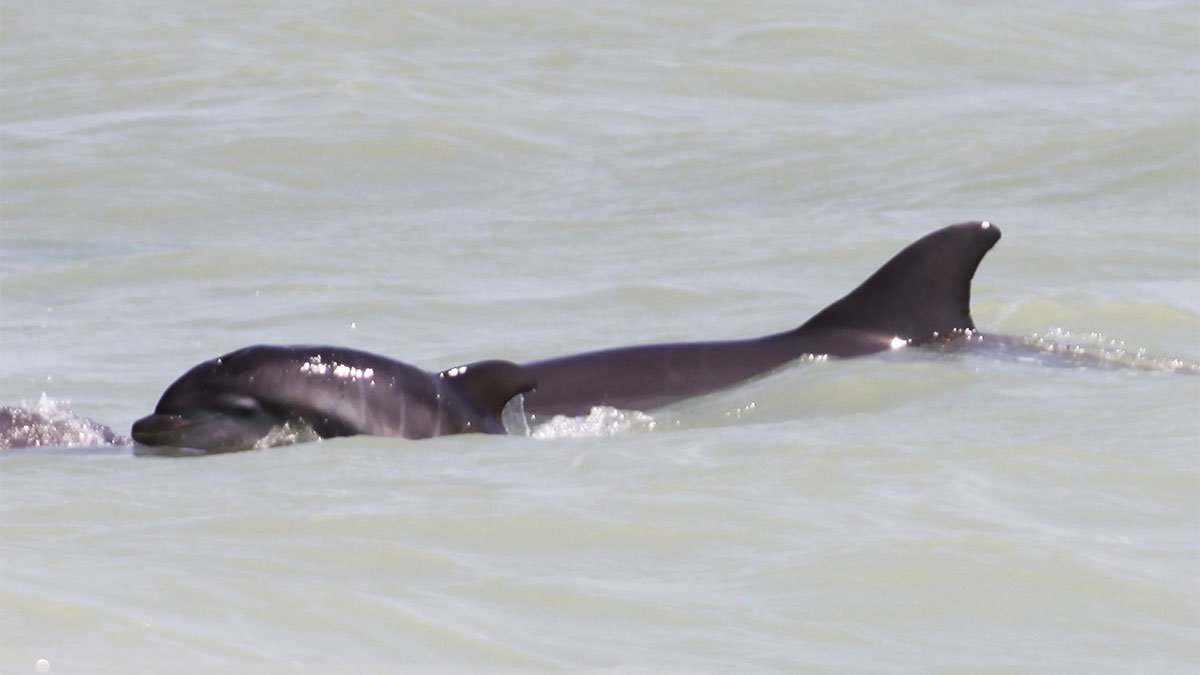
Ensuring Baby Dolphins Survive the First Few Years
From this point on, the mother will almost exclusively be responsible for her calf’s survival. Her goal will be to teach the calf everything it needs to know to one day survive on its own. For this reason, females will typically rear a calf for two to six or more years. Further, due to the physical investment she undergoes through her gestation and subsequent rearing, she will not have another calf until the one she is currently caring for is independent. Due to a lack of survival skills, some calves do not make it past their first year of life. In this case, our team has found that a mother will wait about two years before having another calf for our study population.
Some mothers we anticipate welcoming a new calf into 2019 are Bundle, Miko and Pirate!
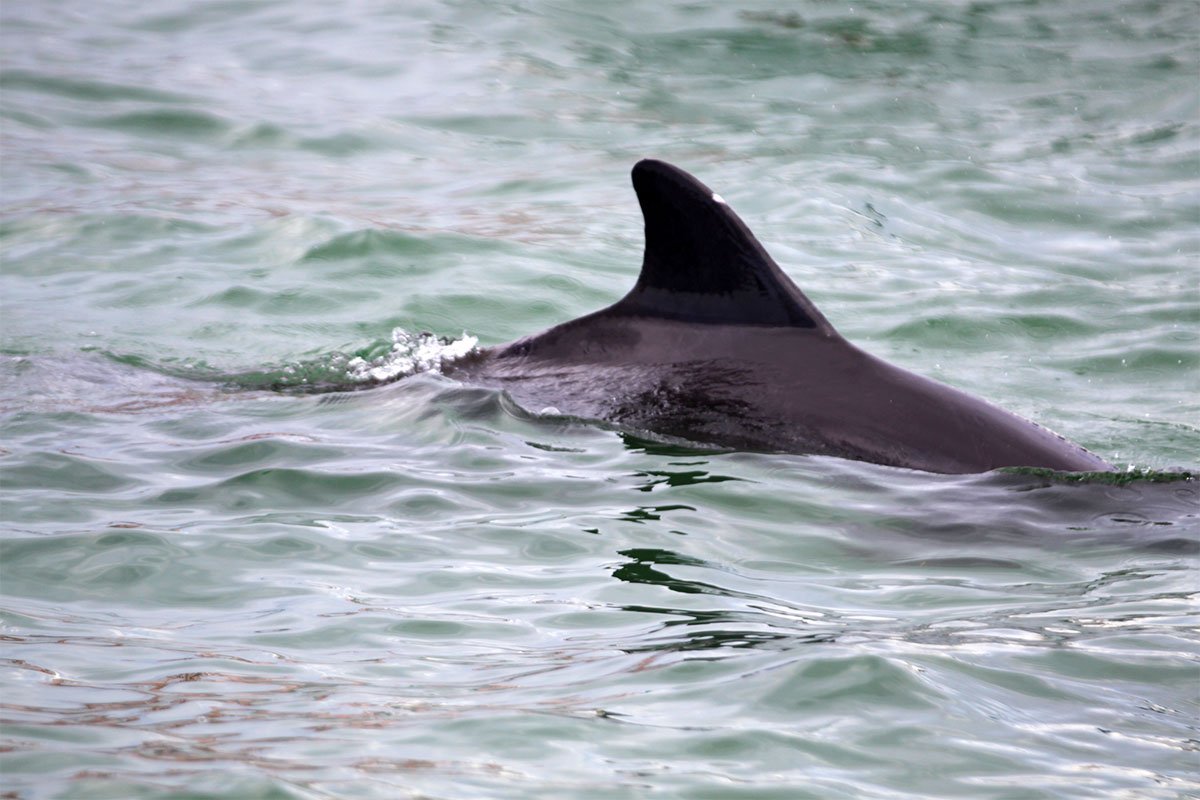
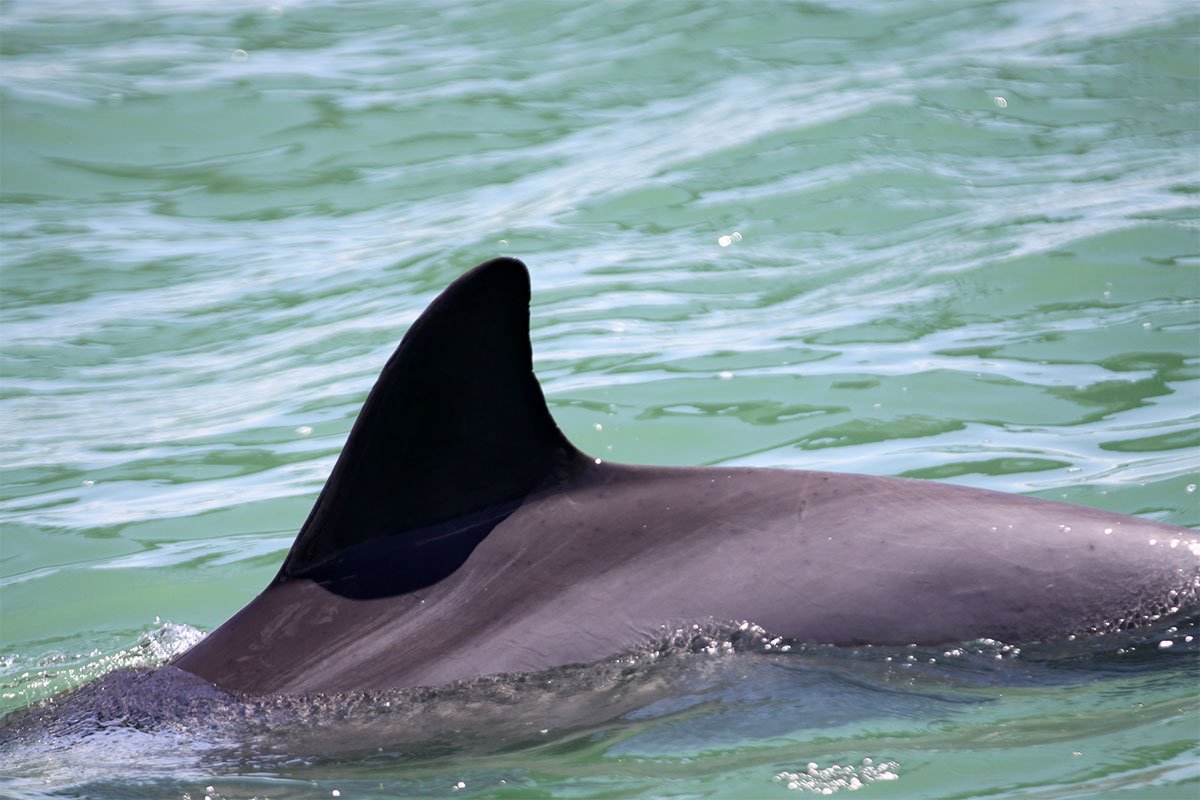
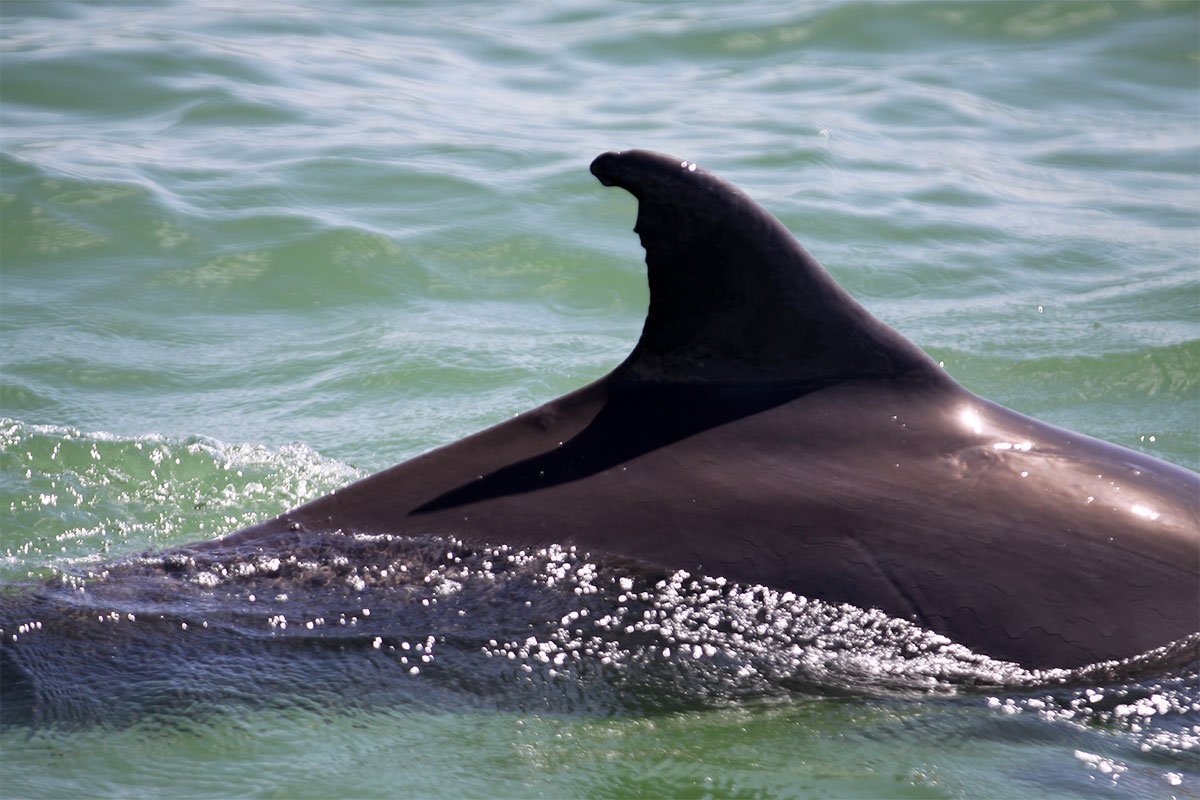
Learn more about our local wild dolphin population on a Dolphin Adventure Tour this spring.
Contributed by Savannah Gandee & Chelsea Parsons, CMA Education Team.
Research conducted and photographs collected under the NMFS Scientific Research Permit No. 19749.